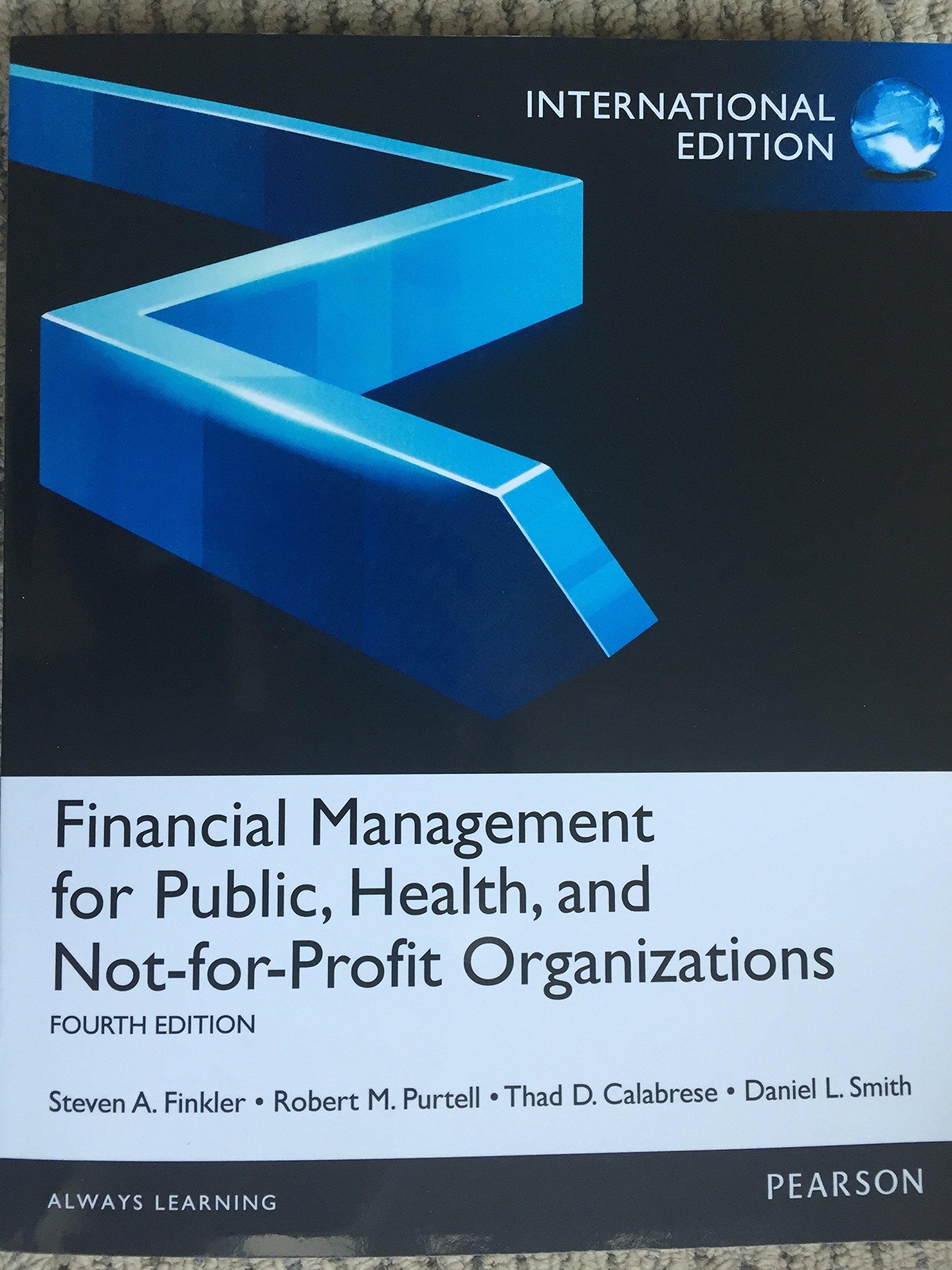Question
Up until today, your firm has had two divisions (A) and (B). Both divisions have never had any leverage and will not take on leverage
Up until today, your firm has had two divisions (A) and (B). Both divisions have never had any leverage and will not take on leverage in the future. Division A is expected to generate unlevered free cash flows (FCFs) of $110 million annually in perpetuity. Division B is expected to generate FCFs of $160 million annually in perpetuity. Both divisions generate the first FCF in one year from today. Suppose you are selling Division B today and pay out the cash proceeds as a dividend.
You have found the following two firms that have business risk that is comparable to that of divisions A and B, respectively: The comparable firm for Division A, called Comp A, has a market value of $224 million and always continuously rebalances to a debt-to-value ratio of 0.3. Comp A has $190 million of identifiable assets. Comp As expected return on debt is 2%, and its expected return on equity is 9%. The comparable firm for Division B, called Comp B, has a market value of $320 million, and always continuously rebalances to a debt-to-value ratio of 0.6. Comp B has $240 million of identifiable assets. Comp Bs expected return on debt is 6% and its expected return on equity is 14%. The market risk premium is 5% and the risk-free rate is 2%. Assume that the CAPM holds. The corporate tax rate is 25%. What is your firms weighted average cost of capital going forward?
Step by Step Solution
There are 3 Steps involved in it
Step: 1

Get Instant Access to Expert-Tailored Solutions
See step-by-step solutions with expert insights and AI powered tools for academic success
Step: 2

Step: 3

Ace Your Homework with AI
Get the answers you need in no time with our AI-driven, step-by-step assistance
Get Started


